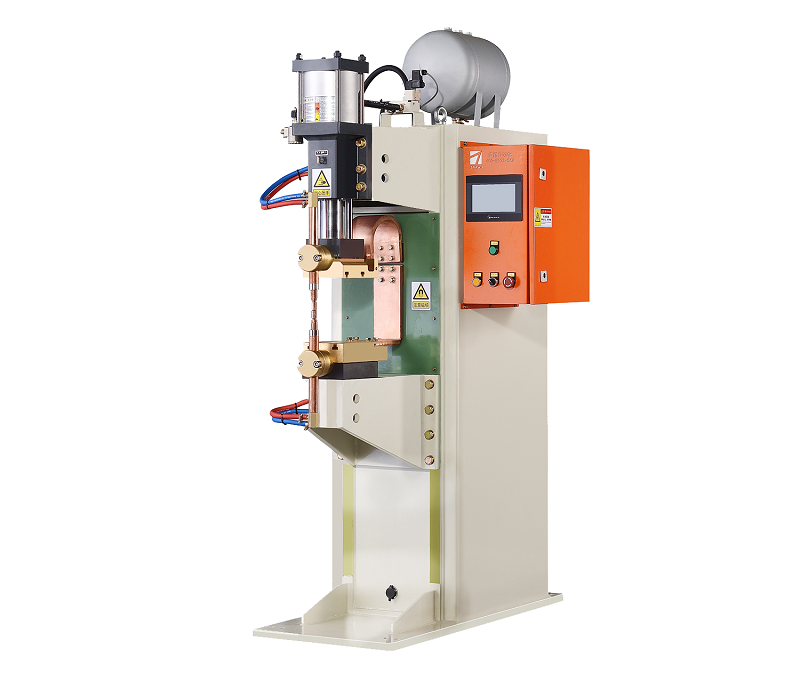How to Perform a Detailed Inspection of a Medium Frequency Spot Welding Machine?
Medium frequency spot welding machines are widely used in various industries for their efficiency in joining metal components. To ensure the safety, quality, and optimal performance of these machines, regular and detailed inspections are essential. This article provides a comprehensive guide on how to perform a thorough inspection of a medium frequency spot welding machine.

Preparation: Before starting the inspection, make sure the machine is turned off and disconnected from the power source to guarantee safety during the examination.
Inspection Steps:
- External Examination: Begin by visually inspecting the machine’s external components. Check for any physical damage, signs of corrosion, or loose connections. Ensure that the cables, hoses, and conduits are properly secured and in good condition.
- Power Supply and Control Panel: Examine the power supply unit and control panel. Inspect the wiring for fraying or exposed conductors. Check the control buttons and switches for proper labeling and functionality. Verify that any digital displays or indicators are functioning correctly.
- Cooling System: Assess the cooling system, which prevents the machine from overheating during operation. Check the coolant levels, and if applicable, the condition of the cooling fans and filters. Clean or replace any clogged filters to maintain efficient cooling.
- Electrodes and Clamping Mechanism: Inspect the electrodes and clamping mechanism for wear, damage, or misalignment. Proper alignment is crucial for achieving consistent and reliable welds. Replace any worn or damaged electrodes to ensure optimal welding performance.
- Cables and Connections: Carefully inspect all cables and connections. Tighten any loose connections and look for signs of overheating or melting. Damaged cables should be replaced immediately to prevent electrical hazards.
- Insulation and Isolation: Check the insulation materials and isolation mechanisms. These are crucial for preventing electrical shocks and ensuring operator safety. Look for any signs of wear or degradation and replace insulation as needed.
- Safety Features: Verify the functionality of safety features such as emergency stop buttons, overload protection, and grounding systems. These features are designed to protect both the operator and the equipment.
- Documentation and Maintenance: Review the machine’s documentation, including operating manuals and maintenance records. Ensure that the machine has been regularly serviced and that maintenance tasks, such as lubrication, have been performed as recommended.
Regular inspections of medium frequency spot welding machines are essential for maintaining safety, quality, and performance. By following this detailed inspection guide, operators can identify and address potential issues before they escalate, thus prolonging the lifespan of the machine and ensuring consistent, high-quality welds. Remember that safety should always be a top priority during inspections and any necessary repairs.
This article provides general guidance and does not replace manufacturer-specific inspection procedures or training. Always refer to the manufacturer’s guidelines and consult qualified professionals when needed.